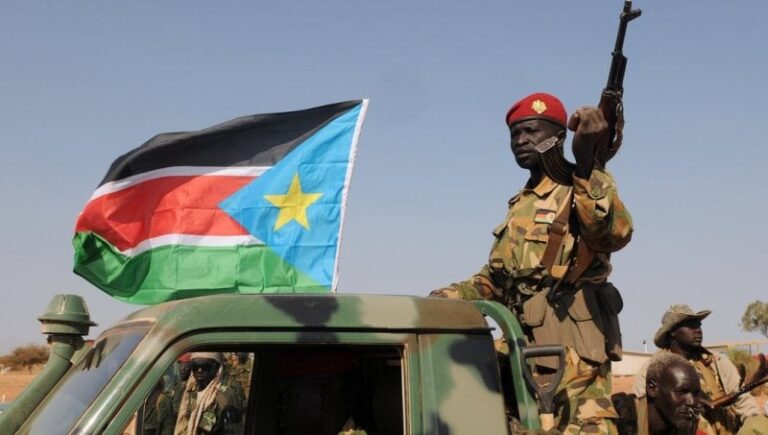The armed forces of South Sudan are officially known as the South Sudan People’s Defense Forces (SSPDF). They are the national military responsible for protecting the country’s sovereignty and territorial integrity. Here’s a detailed breakdown:
South Sudan People’s Defense Forces (SSPDF)
Overview
- Founded: Officially renamed in 2018 (formerly SPLA).
- Commander-in-Chief: President Salva Kiir Mayardit.
- Ministry of Defense and Veterans Affairs: Oversees the military structure.
- Chief of Defense Forces: Senior-most military officer (subject to change, current appointments may vary).
Structure of the SSPDF
- Ground Forces
- Main component of the military.
- Involved in internal security and defense operations.
- Presidential Guard (Tiger Division)
- Elite unit tasked with protecting the president and high-level officials.
- Often politically sensitive and powerful.
- Air Force
- Very limited capability.
- Includes a few helicopters and cargo aircraft; no confirmed fighter jets.
- Used mainly for logistics, reconnaissance, and troop transport.
- Navy / Riverine Forces
- Operates on the Nile and other major rivers.
- Focus on transport and patrol duties, especially in the Sudd wetlands.
Peace and Security Context
- Civil War Legacy: The army originated from the Sudan People’s Liberation Army (SPLA), which fought for independence from Sudan.
- Internal Fragmentation: The military has faced splits along ethnic and political lines, especially after the 2013 and 2016 civil conflicts.
- Security Sector Reform (SSR): Ongoing efforts to unify various armed groups into a single national force under the 2018 peace agreement.
Other Armed Groups
Many of these groups have been integrated into or are being merged with the SSPDF:
- SPLA-IO (Sudan People’s Liberation Army – In Opposition): Led by Riek Machar, involved in earlier civil conflict.
- SSOA (South Sudan Opposition Alliance): Coalition of smaller armed opposition groups.
- Local militias & community defense forces: Active in regions like Jonglei, Unity, and Warrap, often tied to tribal or ethnic identities.
Key Challenges
- Ethnic divisions within the army
- Limited funding and poor equipment
- Human rights abuses (documented by international observers)
- Delayed unification of forces as per peace deals
- Militarization of politics and society



